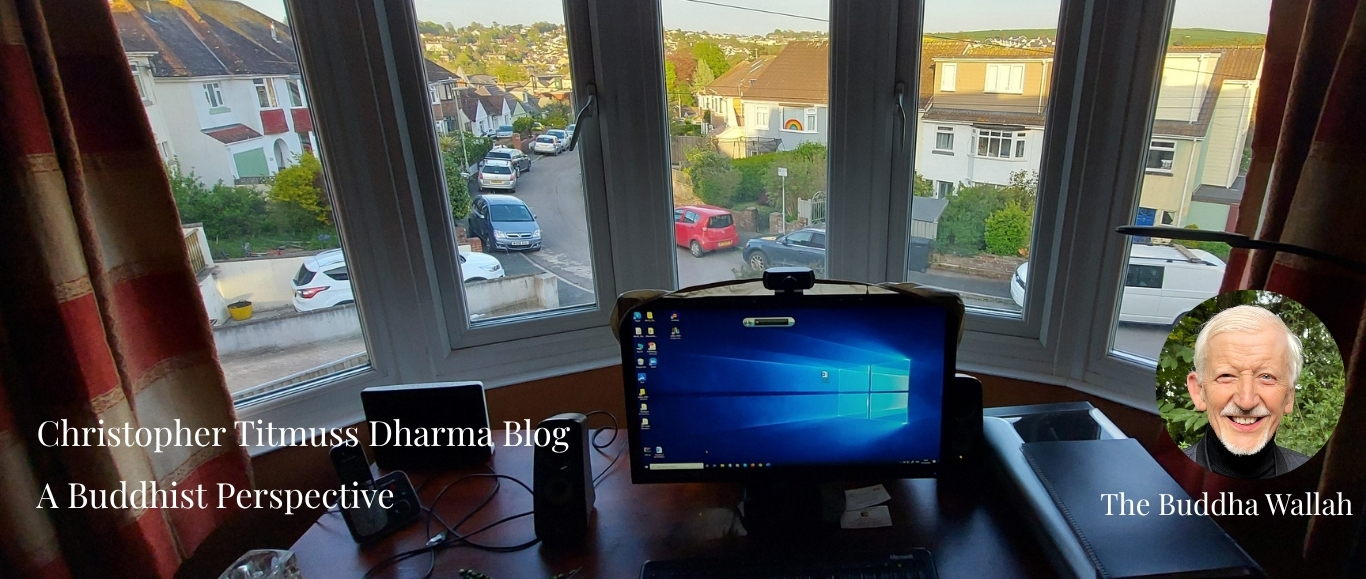Boxer Shorts – the Key to a Limitless Life
I went into a shop the other day in Brighton, Sussex, England to buy myself a couple of pairs of underpants, or more precisely a couple of pairs of boxer shorts. Of course, I don’t expect you to find it a thrill a minute to read about my shopping habits. The store, Tri Max, sells clothes cheap, often much less than half price.
I though readers would enjoy the words written on the package of the pants I bought. Here it is exactly. …
Boxer Shorts – the Key to a Limitless Life Read More »


